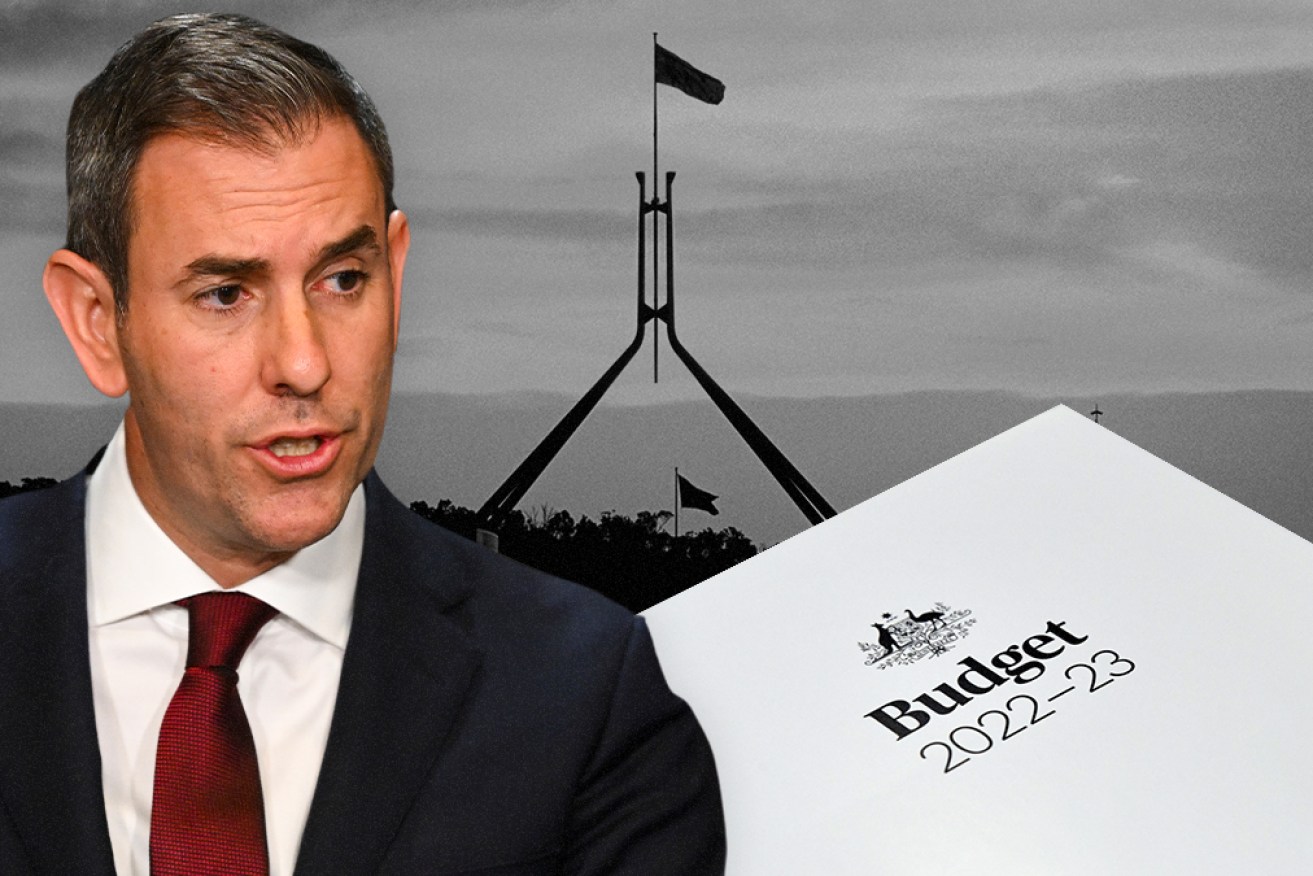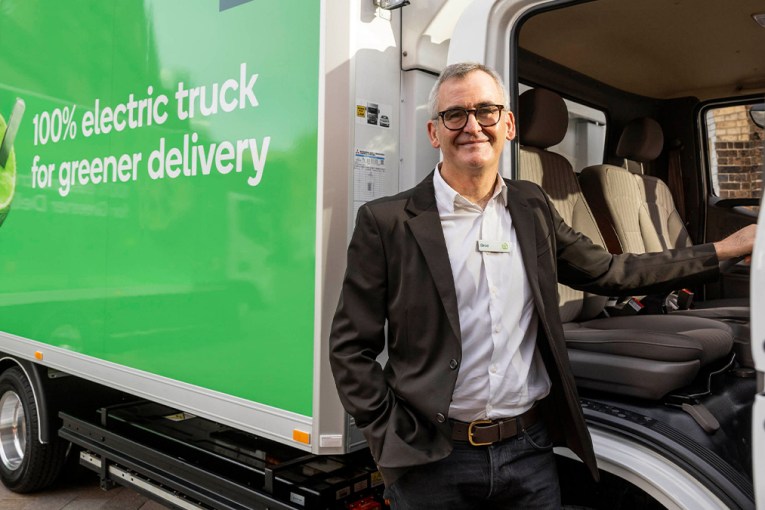What we know about the ‘bread and butter’ budget from Jim Chalmers


Jim Chalmers is set to hand down a budget shaped by the current challenges of inflation. Photo: TND
Labor’s first federal budget in a decade is just days away, with Treasurer Jim Chalmers set to deliver a “bread and butter” agenda to the nation on Tuesday night.
We know plenty about it, as Labor looks to fund its election pledges while preparing the nation for a souring global economic outlook.
Expect new funding for childcare services, programs targeting education and training, and moves designed to get the ball rolling on Australia’s 2030 emissions reduction target.
But don’t expect cost-of-living relief, with Dr Chalmers already pouring cold water on a package of handouts similar to the Coalition’s pre-election budget in May.
All in all, Dr Chalmers will look to spin the budget as Labor proving themselves as responsible economic managers, while portraying itself as cleaning up its predecessor’s budget missteps.
It will be a challenge, not least because as the global economic outlook weakens, Australia is facing a series of structural spending challenges that experts agree will require huge reforms.
Budget preview: What we know
Here’s what we know so far about what’s likely to be included in the budget next week.
The first major batch of investment is dedicated to Labor’s climate and housing agendas, encompassing $45 billion across three programs – Rewiring the Nation, the Housing Future Fund and the National Reconstruction Fund.
These are so-called “off budget” pledges because they are expected to generate a return and so shouldn’t weigh on the government’s underlying cash balance over the medium term, including:
- $20 billion over four years to fund the Rewiring the Nation scheme, which will upgrade and expand Australia’s electricity network to enable transition towards renewable energy
- $10 billion in 2022-23 to set up a housing future fund, which will oversee the building of 30,000 affordable houses, owned by the government
- $15 billion to fund a National Reconstruction fund, which will co-invest with the private sector and superannuation funds in projects that grow the economy and create jobs.
Election pledges
The second tranche of measures set to be accounted for in Tuesday’s budget are mainly election pledges, including:
- $5.1 billion over four years to raise the childcare subsidy rate to 90 per cent for families with their first child in care. Families earning less than $530,000 a year will benefit
- $2.5 billion over four years to lift aged care standards, including onsite nurses 24/7
- $2.4 billion over four years for NBN investment, enabling 1.5 million homes to connect across regional Australia
- $1.9 billion in revenue over four years from a crackdown on multinational tax avoidance
- $900 million over four years for Pacific region support and a new Pacific visa that will allow up to 3000 people to permanently migrate to Australia
- $770 million over four years to cut PBS co-payments to $30
- $470 million for increased aid across Southeast Asia, including an economic strategy
- $204 million directed to the Great Barrier Reef to improve its long -term sustainability
- $201.5 million in 2022-23 to fund a boost to student wellbeing programs nationwide
- $144 million in 2022-23 to bolster the schools upgrade fund
- $140 million in savings from axing the Australian Building and Construction Commission
- $96.1 million in 2022-23 to fund an additional 20,000 university places
- $20.9 million in 2022-23 to deliver a funding boost to the ABC.
Spendings and savings
Then there’s another batch of spending and savings uncovered in an audit of the budget since the election:
- $6.4 billion in extra spending because of Coalition health and aged care programs that were left unfunded, and other “zombie” measures that are unlikely to be legislated
- $3 billion in savings over four years by reducing spending on contracts, consultants and labour hire within the Australian Public Service
- $750 million in savings over four years from reducing funding under the Coalition’s community development grants and regionalisation fund programs.
What the budget won’t tackle
Despite this long list of commitments, there are issues the budget isn’t expected to tackle, namely the longer-term spending pressures facing federal government coffers.
The budget is in structural deficit, which means the range of spending commitments the government has are much larger than the revenue being generated from taxes, royalties and capital returns.
These spending pressures include the National Disability Insurance scheme (NDIS), increased funding for aged care services, and additional defence spending (namely nuclear submarines).
The good news is that, at least in the short term, a combination of high commodity prices and a low unemployment rate have improved federal government revenue by $114 billion since May.
That has given the government some head-room to pay for unfunded Coalition spending and some of its election commitments in the short-term.
But the bad news is that debt continues to grow, having hit $892.3 billion earlier this month.
KPMG senior economist Sarah Hunter said that while the government won’t be able to fix the structural deficit on Tuesday, it will likely begin a conversation about the tough reforms that could be on the horizon to lift revenue and contain spending – including a taxation overhaul.
“These challenges are inherently longer term, they don’t have to be tackled right now. There’s no pressing need, but they do need to be tackled in the not-too-distant future,” Dr Hunter said.
“So what we’ll get is an opening up of the conversation.”
Dr Chalmers will hand down his first budget as Treasurer on October 25 at 7:30 PM AEDT.








